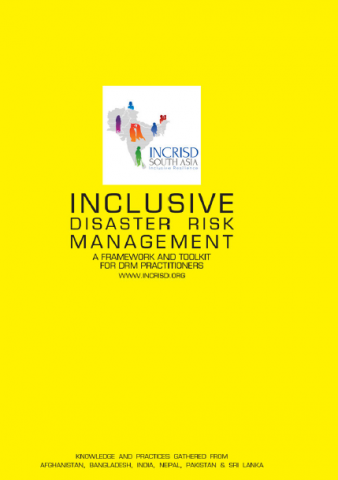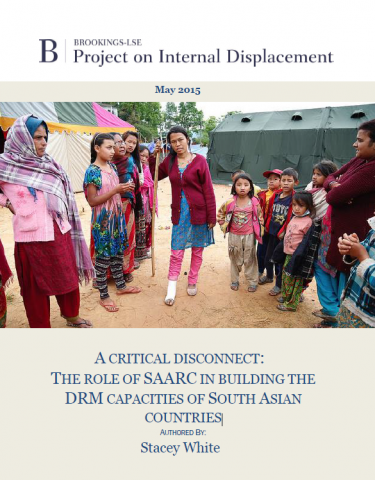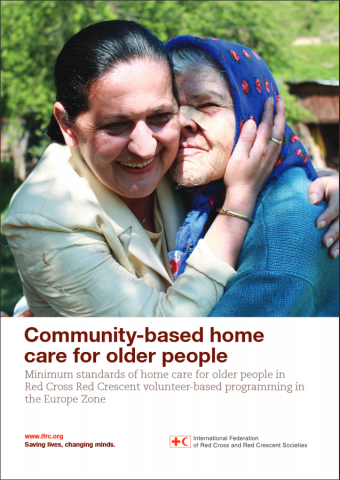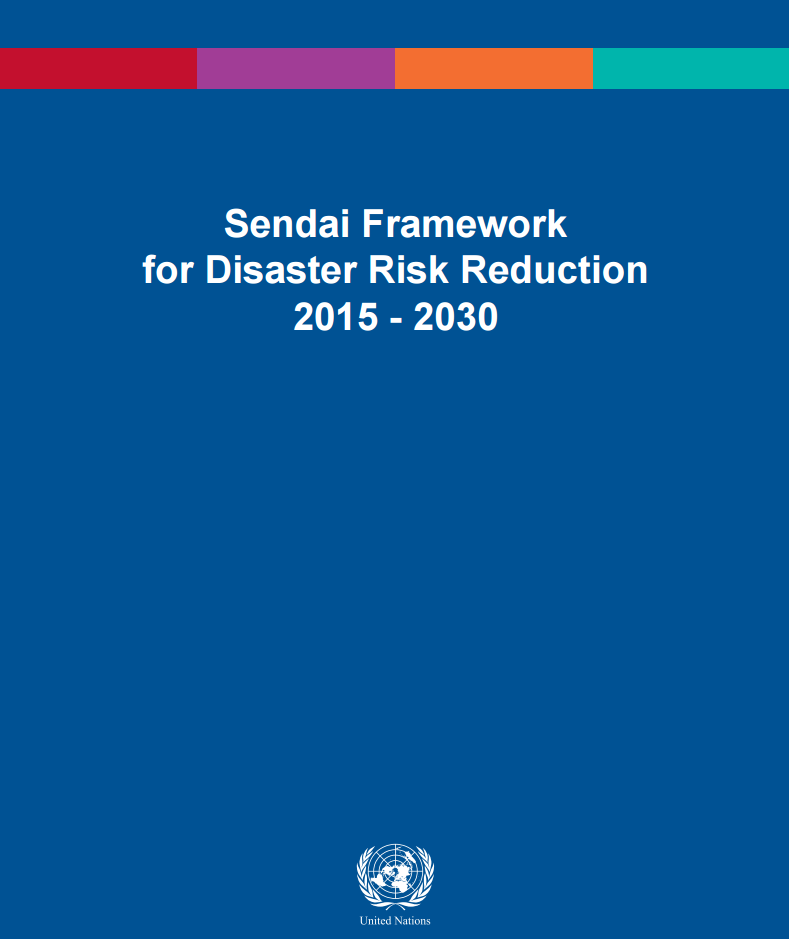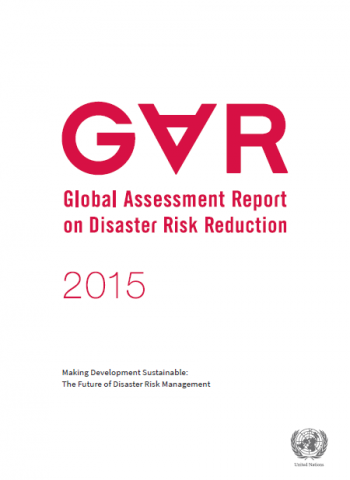Inclusive Disaster Risk Management: A framework and toolkit for DRM practitioners
The Inclusive DRM Framework and Toolkit is the result of two years’ work as part of the regional project Inclusive Resilience for Sustainable Disaster Risk Management by the INCRISD South Asia Consortium. The project was carried out in Afghanistan, Bangladesh, India, Nepal, Pakistan and Sri Lanka, with the overall objective of building safer and more […]
Inclusive Disaster Risk Management: A framework and toolkit for DRM practitioners Read More »

